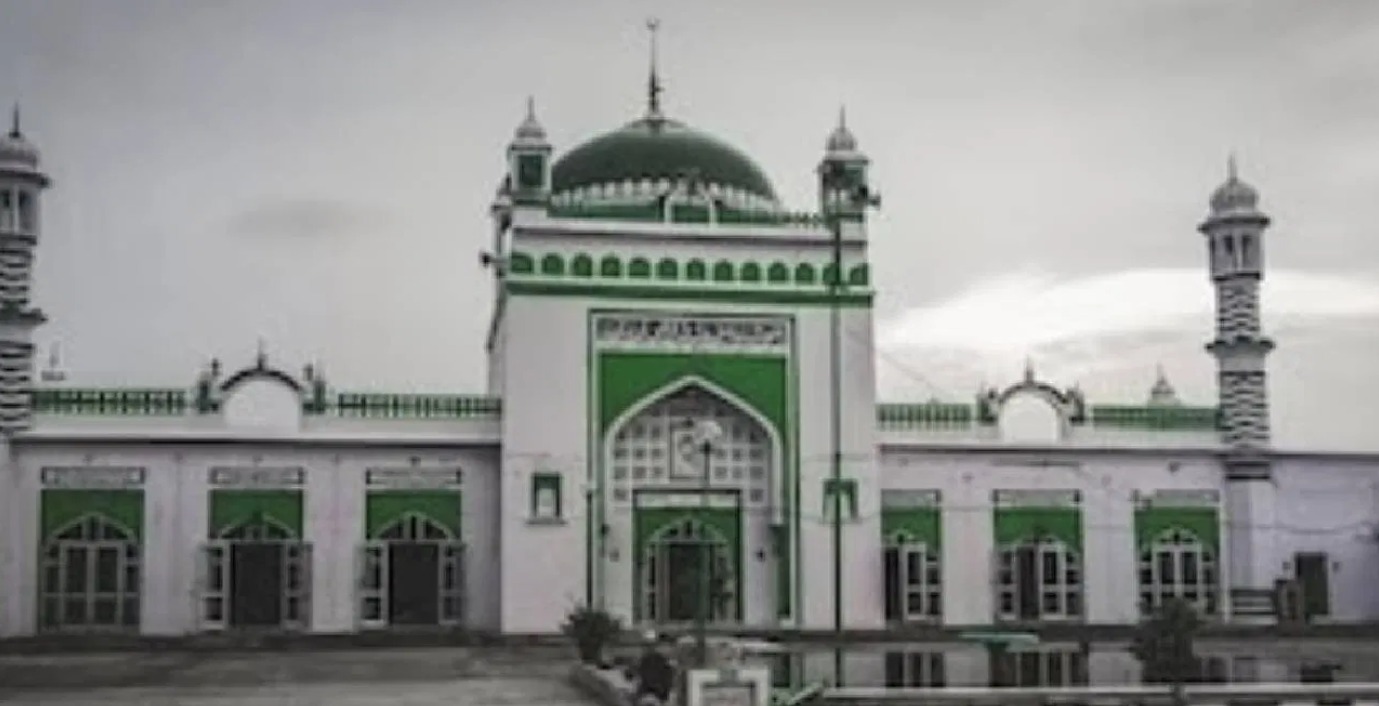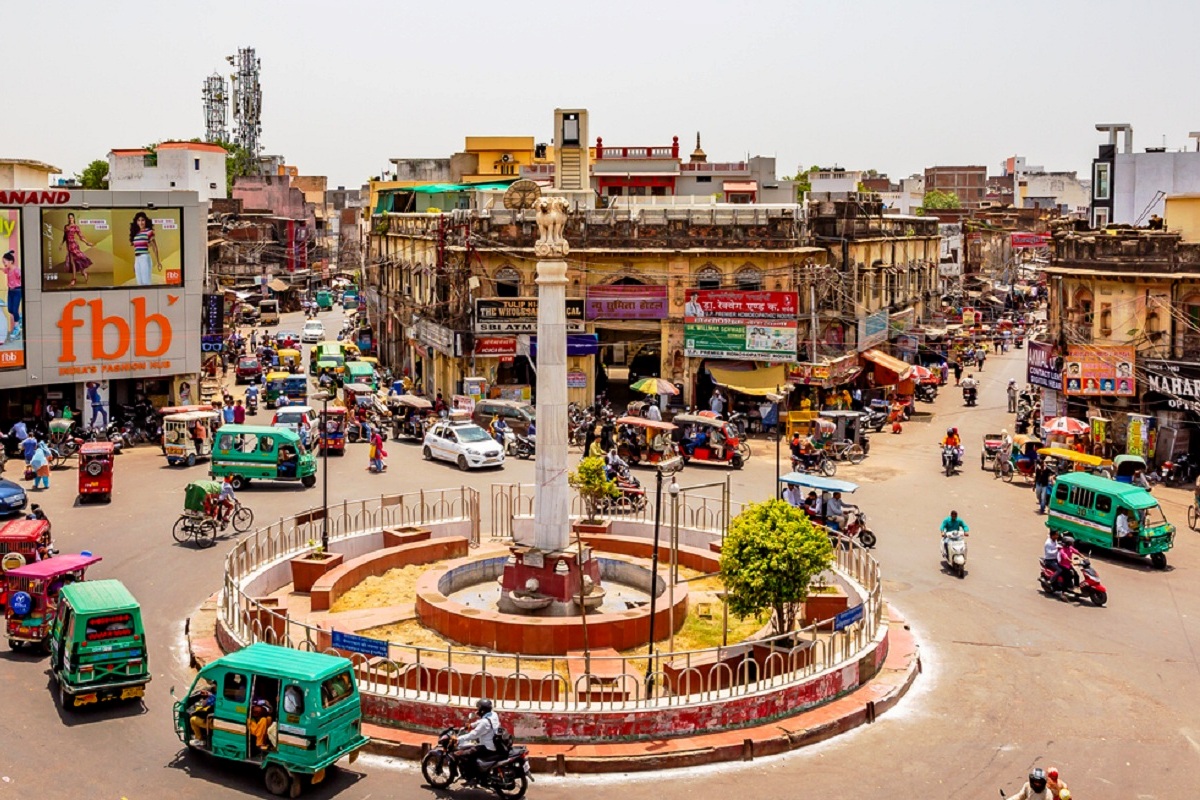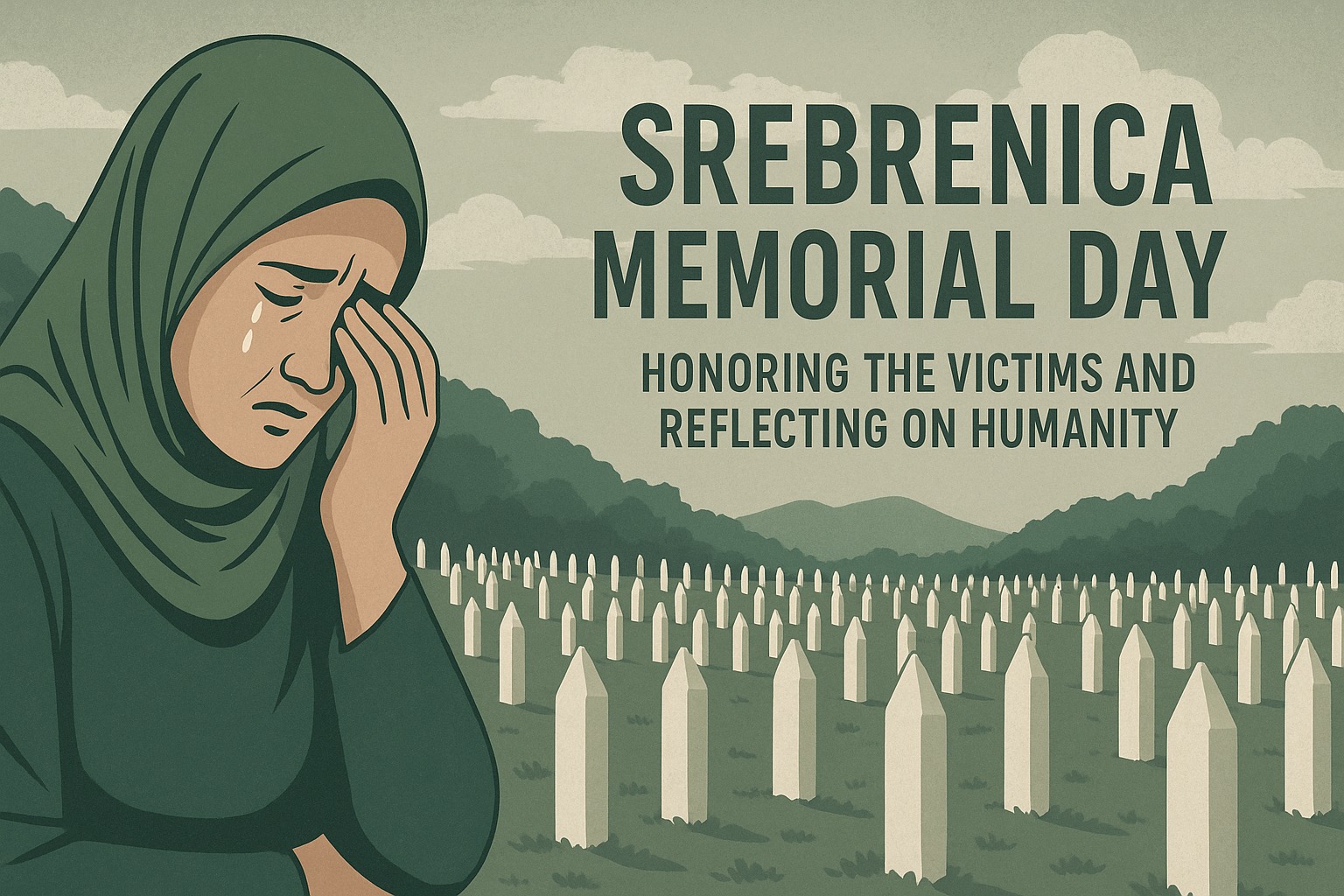
Places of Worship: Time to Arrest Tide of Claims
(Dr Shujaat Ali Quadri)
“It is not perfectly clear that, if antiquated claims are to be set up against recent treaties and long possession, the world can never be at peace for a day? The laws of all nations have wisely established a time of limitation, after which titles, however illegitimate in their origin, cannot be questioned.”
(Thomas B. Macaulay in his essay on Frederick The Great)
The mosques, temples and any other place of worship in India evoke reverence. This is the foremost national feeling. However, they often turn into communal flashpoints as we have witnessed in past weeks. Had the Supreme Court not intervened timely, the mayhem unleashed in Sambhal city of West Uttar Pradesh, only 160km away from capital New Delhi, might engulf more cities, vitiating the atmosphere in a country that is making rapid strides towards a global leadership role.
As the gung-ho reverberated for surveys or outright rights of Hindu prayers in certain Muslim places of worship after a sudden such exercise was conducted inside Sambhal Jama Masjid in late November, the SC put a pause on any such move on December 12, while hearing petitions challenging the Places of Worship (Special Provisions) Act 1991.
The Act essentially seeks to prevent claim on any place of worship for its conversion into a place of worship of any other denomination than what existed on 15 August 1947.
The Supreme Court barred civil courts across the country from registering fresh suits challenging the ownership and title of any place of worship or ordering surveys of disputed religious places until further orders, and made it clear that no “effective” orders can be passed.
The bench headed by Chief Justice of India Sanjiv Khanna actually “rolled back” what was “allowed” by former CJI DY Chandrachud, who, through his oral observation on 21 May 2022, held that a survey to ascertain the character of a place of worship didn’t violate the Act. It effectively set the stage for civil suits in over 10 cases – from Varanasi and Mathura to Sambhal and Ajmer.
One noted commentator of India summed it up saying that the December 12 SC ruling has nipped the experiment of digging below mosques and shrines of Muslims in the bud.
But, will the SC ruling be sufficient enough to stem the tide of claims over places of worship, and more importantly the social and political divisions that this issue has so profoundly sharpened?
Lower courts, however wayward they might be and even however mischievously they adjudicate on sensitive communal matters, also tend to edit themselves once the higher judiciary emphatically sets a bar as the SC did on December 12. So, on this front, the votaries of peaceful India, and Muslims who often are victims of any conflagration, might heave a sigh of relief. Any verdict on pending cases will hopefully be in accordance with the spirit of the Act, with which it was envisioned and put into practice.
The politics of the places of worship is the ultimate threat to the unity of India as was evident within a short span of past few weeks. It has divided Indians into Hindus and Muslims overnight. The daily primetime TV debates and social media outpourings have made toxic views viral.
Daily reports from Sambhal, where the violence snuffed out five young breadwinners of poor families, are very disheartening. Around 4000 Muslims, almost all of them young, minors and women included, have been booked for unlawful protest, arson, rioting, stone-pelting, disturbing public peace and other trumped up charges. Police have raided Muslim homes even deep inside faraway localities and arrested even those women who were nursing newborns.
People have locked their houses and ran away to unknown places to evade arrest. Those behind the bars are waiting for legal saviours. Daily wagers could only return to work at least 10 days after November 24 violence. The political spectrum of the city is split into two parts – Hindus and Muslims.
Muslim politicians, city’s MP, MLA and other political fortune seekers are positioning themselves as peddlers of their community’s defence. Hindu side, local BJP politicians and other Hindu right wingers are firmly behind those searching for a temple beneath the medieval mosque. The communal history of the city is also being dug up to flame divisions.
Sambhal is an ideal case of how a city can be torn asunder overnight by fanning communal embers.
The legal case of Jama Masjid has taken a backseat after the SC ruling but the race for reaping political capital will not let the hatchet to be buried. Its grave will be unearthed again and again. It is a template that suits the ruling BJP best. The party can camouflage its failings under its garb or can raise it up whenever it is in need of diversion from any other major national debate.
Since the BJP doesn’t seem to be in mood to change its template as is evident from the overtures of its UP leadership in the Sambhal case, the issue is likely to be brought up again and again in coming years, until a permanent brake is applied on it by a decisive judiciary.
Interestingly, the Act, envisioned as a fulcrum against future issues other than the Babri Masjid-Ram Janmbhoomi site, and this point has been so eloquently noted by the SC in its 2019 Ram Temple judgment, had not even found backing from the Rashtriya Swayamsevak Sangh (RSS), the parent body of BJP and a fountain head of several Hindu extremist groups. The RSS chief actually in his famous “why should we search for shivling in every mosque” actually made it clear that the Hindu community strongly believes in certain Muslim religious sites as their own and that it is a firm claim.
Leaders belonging to fringe Hindu groups and even some BJP leaders have been actually calling for immediate abolition of the 1991 Act.
Meanwhile, as the Hindu groups raised the issue of Hindu temples being razed to build mosques, a debate has opened saying that Hindu kings and other groups destroyed Buddhist monasteries and Jain temples in pre-Muslim India. Such sites, strewn all over India from Kanyakumari to Kashmir, must be revisited, surveyed, excavated and then returned to communities that owned them in the most-accurately claimed ancient past, some commentators feel, in the same way as Hindus are seeking surveys of mosques and shrines.
Thus, searing the history open and mixing it with mythology is only a recipe for manufacturing a tinderbox whose explosive menace will encapsulate the whole nation. It will foster resentment, hate and fear that could detonate for years in bitter feuds between people of diverse faiths.
We have seen this madness in Sambhal, our forebears endured it in 1947, and that’s why the 1991 Act was promulgated so that no new flashpoint emerges to impede India’s march into 21st century. We are already 24 years into this century, 25th on the cusp, with our steps on the moon, our eyes on mars and targets set on the sun. We are literally aiming beyond the stars and sky. So, it will be imprudent to go back into history to bring back alibi for fratricide.
Let 2025 begin on this note.

